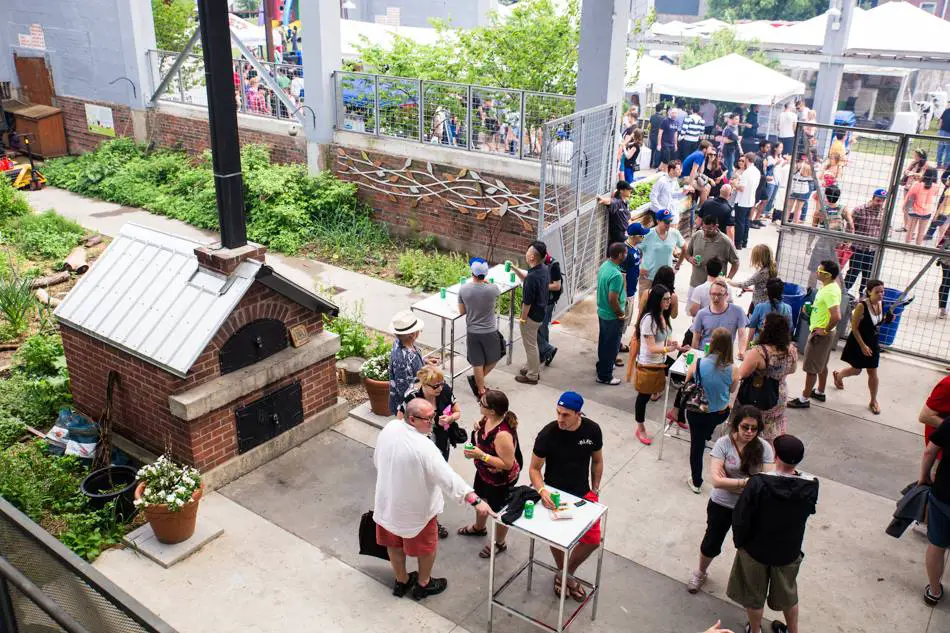Over the course of the Augusta Sustainable Development Agenda – a US government plan to define the future growth of Augusta – a 12-month process turned into 16-months. A “development agenda” became a regional planning process. And a typical physical master plan started grappling with sustainable policy issues. Or, as per usual, the project scope expanded. This happens in every project, and can easily throw all your good intentions off course.
Entrepreneurs deal with this all the time (Vinicius Vacanti on how new ideas almost killed his startup). But professionals in any creative realm will be especially familiar with how the adrenaline rush of new and untested ideas can distract from the task at hand. Here are the top five ways that the Augusta project team was able to understand the project scale, break through the surface, get into the real issues, synthesize, and make informed recommendations without completely losing their way:
Get to Know the ‘Real’ Issues
The consultants on this team were hired with the intent of finding a solution to a 13-year old abandoned Regency Mall site… However, no one told us this. The site was initially placed ‘out of mind’ internally due the area being physically hidden by tress and the knowledge that the parcels were owned by a world class speculator holding the property hostage from upstate New York. However, we ignored this at our own peril, and 7-months into the process, we were hauled right back to it, kicking and screaming, due to the site’s political ramifications. It was the one easily identifiable problem that the entire city, at all levels, wanted to solve. Without a ‘solution’ here, many in the city were not able to get their heads into other issues. Once the team accepted this and came up with a strategy, the issue was neutralized, and everyone could move on to other, potentially more imminently solvable (and therefore time and attention worthy) topics.
Take Advantage of the Initiatives of Others
The Regency Mall strategy was formed only after several other projects came to light. Particularly, the Army Corp of Engineers Rocky Creek flood control project (to create a large, recreational lake amenity capable of turning around the negative image of the area) and the Housing Authority’s intentions to redevelop some of their properties after the Choice Neighborhoods / HOPE VI model, to better integrate schools, youth organizations and community parks. Marrying these ideas with others along the corridor really began to establish a fully integrated district plan. These were excellent first steps in building a real destination and asset for the City of Augusta in a previously disinvested area.
There Are a Lot of Enlightened Self-Interests in any City
However, they are not naturally aligned. The key lies in creating a common framework where private interests can structure their own goals within the public good, such as in the formation of a Civic Realty Trust, where private businesses can invest as a group in land acquisition and potentially as developers, receive a decent return on their investment, but then place any additional gains back into a non-profit fund for future purchases. Success is found when people find a way to align their interests with others.
Overcome Common Barriers to Good Urbanism
Leaning on nearby academic (Georgia Tech’s College of Architecture) and non-profit institutions (Georgia Conservancy’s Blueprints Program) brought and certain legitimacy to the process and acted as an educational service for the community. Engaging the ideological aspects of “good urbanism”, in a non-overbearing fashion through weekend classes, public charrettes, presented case studies brought up the level of discourse within not only the City Commission, but within the city’s media outlets as well.
Have Excellent Illustrations
Finally, the importance of quality graphic renderings to visualize intended development outcomes to the community can not be overstated. Beautiful illustrations were a late, but highly effective game-changer for us that brought enthusiastic project support where before had stood a potentially apathetic public.


